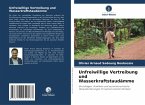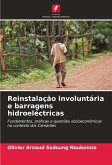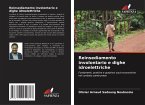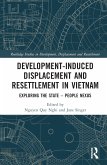The practice of involuntarily displacing populations to carry out development projects is a long-standing one. History teaches us that these practices have had serious socio-economic consequences both for the displaced populations and for the communities and territories that have welcomed them. Today, there is a strong desire to prevent projects from generating displacement and impoverishment. This document explores the foundations, practices and socio-economic impacts of involuntary population displacements caused by large-scale projects in Cameroon, such as the construction of hydroelectric dams like those at Nachtigal and Lom Pangar. It is the fruit of an in-depth analysis of legal texts and specific documents on the subject, as well as data collection from impacted populations. Finally, it offers practical risk management approaches based on operational models.
Bitte wählen Sie Ihr Anliegen aus.
Rechnungen
Retourenschein anfordern
Bestellstatus
Storno









